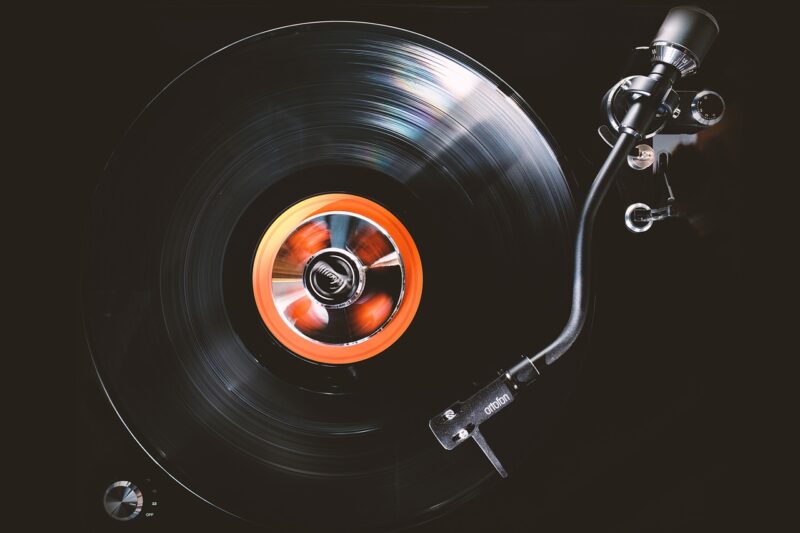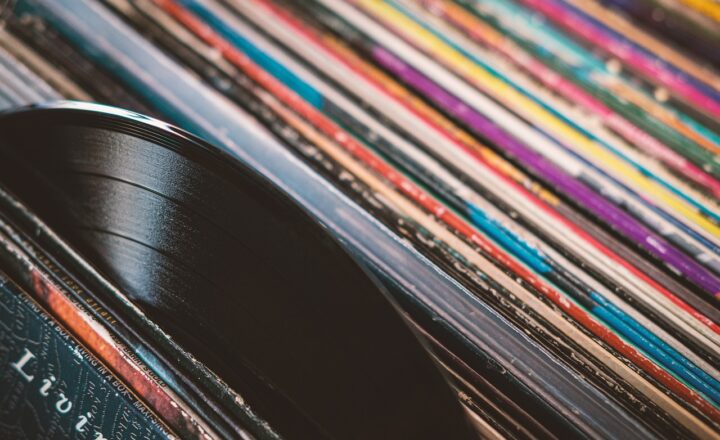The Audiophile’s Guide to Collecting and Preserving Vinyl Records
November 18, 2024

Vinyl records have made a remarkable resurgence over the past decade, capturing the hearts of audiophiles and casual listeners alike. The warmth of analog sound, the nostalgia of large album art, and the tactile experience of handling records make vinyl a beloved format. In this comprehensive guide, we will explore all aspects of collecting and preserving vinyl records—from understanding the different types of vinyl to expert tips on caring for your collection.
1. The Allure of Vinyl: Why Collect Records?
There’s a certain charm to collecting vinyl records that transcends mere music consumption. Here are some reasons why many choose to dive into this rewarding hobby:
- Sound Quality: Vinyl is known for its rich, warm sound, offering a more dynamic listening experience compared to digital formats.
- Tangible Experience: Collecting vinyl involves the physicality of handling records, which fosters a deeper connection to the music.
- Artistic Expression: Album covers often feature stunning artwork, making each record a piece of art.
- Community: Vinyl collecting creates opportunities to connect with other enthusiasts through record stores, fairs, and online forums.
Despite the rise of digital streaming, vinyl’s unique qualities continue to attract both older and new generations of music lovers.
2. Types of Vinyl Records: Understanding Your Options
Before you start collecting, it’s essential to understand the different types of vinyl records available:
- LP (Long Play): Typically, 12 inches in diameter, these records usually contain about 30-50 minutes of music split over multiple tracks.
- EP (Extended Play): Generally 7 inches, EPs hold more music than singles but less than LPs, often used for shorter projects.
- Single: Usually 7 inches in diameter, singles contain one main track and sometimes an additional B-side track.
- Acetate: Temporary records used for making demos or for radio airing. They’re not meant for long-term storage.
- Picture Discs: These visually unique records display images on one or both sides, but often sacrifice sound quality for aesthetics.
Exploring various types of vinyl can lead to discoveries that would add diversity and depth to your collection.
3. Starting Your Collection: Where to Find Vinyl Records
Finding records can be an exhilarating adventure. Here are some great sources to consider:
- Record Stores: Visiting local record shops is an excellent way to discover both new and used vinyl records.
- Garage Sales and Thrift Stores: You can find hidden gems at affordable prices by exploring local garage sales and thrift shops.
- Record Fairs: Attend record fairs to browse large selections and meet sellers passionate about music.
- Online Marketplaces: Websites like Discogs, eBay, and Bandcamp allow you to find vinyl records from around the world.
Building your collection can become a treasure hunt, where each purchase offers a story and a new listening experience.
4. Caring for Your Vinyl Records: Preservation Tips
Once you start amassing your collection, it’s crucial to take steps to preserve your records to ensure their longevity:
- Proper Storage: Store records vertically in a cool, dry place away from direct sunlight. Avoid stacking records as this can cause warping.
- Cleaning: Regularly clean your records with a carbon fiber brush before each play. For deeper cleans, consider using a record cleaning solution and microfiber cloth.
- Handling: Always handle records by the edges to avoid fingerprints and oils that can affect sound quality.
- Use Anti-static Sleeves: Store your records in anti-static inner and outer sleeves to protect them from dust and scratches.
A little care goes a long way in preserving the sound quality and appearance of your records.
5. Building a Listening Setup: Essential Components
To fully appreciate your vinyl collection, consider investing in a quality listening setup:
- Turntable: Choose a turntable that fits your budget and provides reliable sound quality. Consider features like pitch control and built-in preamps.
- Speakers: Invest in quality speakers that enhance sound fidelity. Bookshelf or floor-standing speakers can be great choices based on your space.
- Amplifier: An amp can significantly improve sound quality, providing clearer audio and better dynamics.
- Cartridge and Stylus: Upgrade or maintain your cartridge and stylus for optimal playback and reduced record wear.
Crafting a dedicated listening space can enhance your experience and allow you to dive deep into each record.
6. Expanding Your Collection: Rare Finds and Investment Tips
As you grow more passionate about collecting, you may find yourself interested in rare or valuable records. Here are some tips:
- Know Your Labels: Familiarize yourself with record labels known for high-quality releases, such as MoFi (Mobile Fidelity Sound Lab) and Analogue Productions.
- Stay Updated: Follow music blogs and industry news to keep an eye on upcoming releases that may become collectible.
- Condition Matters: When purchasing used records, always check for scratches, warps, or other damage that could affect sound quality.
- Investment Alert: Certain records can appreciate significantly over time. Research specific titles that are considered collectibles.
Collecting vinyl can be both a passionate hobby and a potential investment.
Conclusion: Enjoying the Journey of Vinyl Collecting
Vinyl collecting is an enriching experience that blends passion for music with artistry and craftsmanship. As you build your collection, remember that the journey is just as important as the destination. With each record you acquire, you’re not just gathering music—you’re preserving a piece of history and celebrating the art of sound.
So whether you’re a seasoned collector or just starting out, embrace the unique pleasures of vinyl records, and let the music play.






